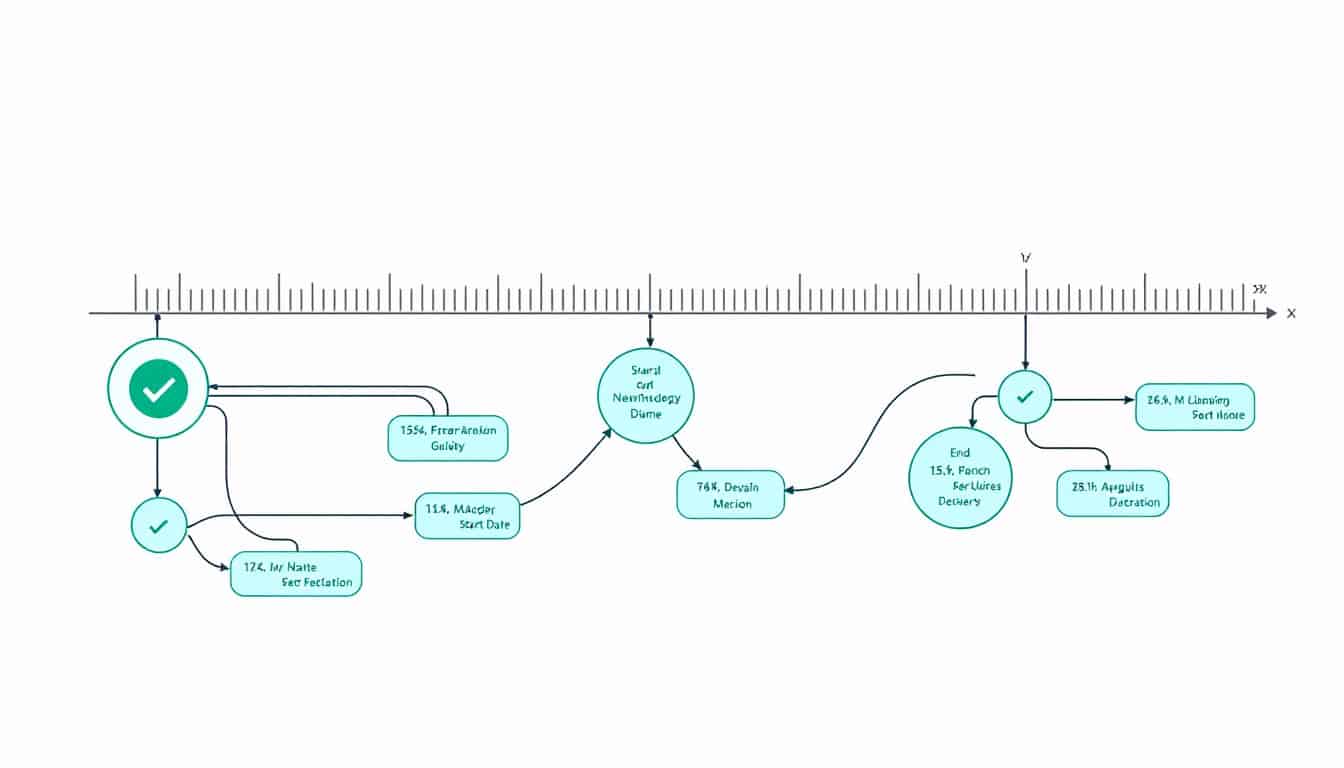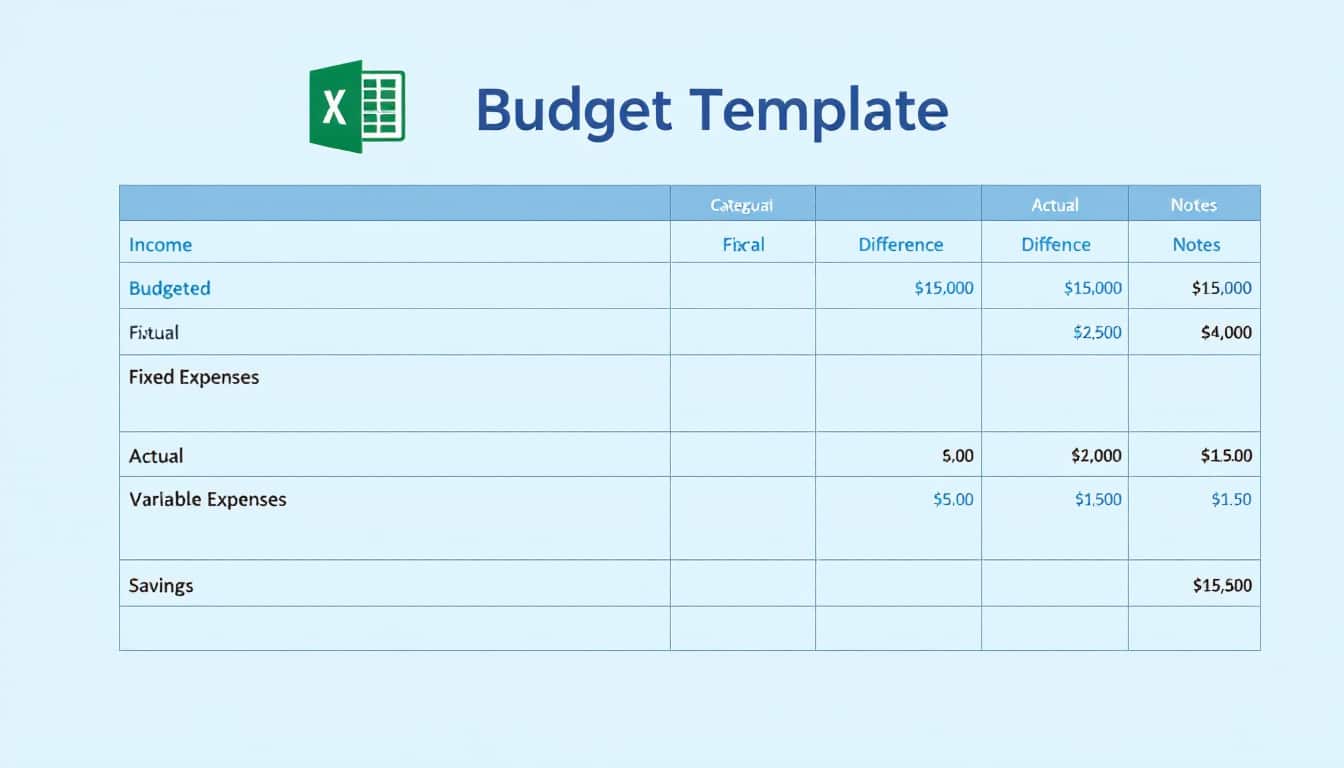“`html
🔥 Nous recommandons Ideamap
Ideamap est l’outil idéal pour un brainstorming ou un projet collaboratif. Grâce son interface facile et à ses fonctions IA, Ideamap booste votre créativité tout en favorisant une meilleure organisation de vos idées pour atteindre vos objectifs.
Welcome to the fascinating world of project management.Understanding the importance of a business case is essential for any ambitious organization.This key document can transform a simple idea into a tangible success.
A business case is much more than just a document; it is a strategic roadmap that demonstrates how the benefits of a project outweigh its costs, thus justifying its implementation. Developed during the project initiation phase, this document consolidates all objectives, costs, and benefits to persuade stakeholders of the project’s value. By centralizing the financial evaluation, the strategy, and the marketing plan, the business case provides a comprehensive view of the expected benefits for the organization.
Creating a business case is essential when a company considers launching a new initiative, entering a new market, upgrading software solutions, or incurring capital investment expenses. This document helps decision-makers assess the viability of the project and ensures its alignment with the organization’s strategic objectives.
When writing a business case, several key players are involved. The project leader ensures alignment with the organizational strategy and acts as the project advocate to management. Business analysts conduct thorough analyses to identify issues and evaluate potential solutions. Project managers work closely with analysts to gather data, estimate costs, and present the business case to decision-makers.
The importance of drafting a business case lies in its ability to justify the needs of the project, engage stakeholders, and provide a solid foundation for informed decision-making. A well-structured case includes an executive summary, a problem statement, an options analysis, and a clear definition of the project. Additionally, it must include a financial evaluation demonstrating that the benefits outweigh the costs while offering an accurate estimate of the resources required.
To develop an effective business case, follow these key steps:
1. Identify the problem or opportunity that the project aims to address.
2. Evaluate alternative solutions, quantifying their benefits and costs.
3. Recommend the optimal solution using prioritization criteria.
4. Describe the implementation plan detailing how the solution will be realized.
A concrete example could be that of a manufacturing company wishing to increase its production capacity. After identifying the problem of insufficient capacity, the company evaluated different options such as expanding existing facilities or building a new plant. The recommendation focused on constructing a new facility due to its capacity and efficiency advantages, accompanied by a detailed implementation plan ensuring the project’s success.
By integrating these elements, a solid business case not only guides the initiation and execution of the project but also ensures that all decisions made are thoughtful and aligned with the organization’s overall strategy.
“`html
What is a business case in project management?
A business case is an essential document in project management that details how the benefits of a project outweigh its costs, thereby justifying its implementation. Written during the project’s initiation phase, this document aims to consolidate all the objectives, costs, and benefits of the project to convince stakeholders of its value. A well-structured business case offers a comprehensive vision of how the project will benefit the organization, incorporating elements such as financial evaluation, strategy, and the marketing plan.
By demonstrating that the project proposal is a solid investment, the business case plays a crucial role in obtaining approval from decision-makers. It serves as a foundation for detailed project planning once validated. A typical example includes the construction of a new facility to increase production capacity, illustrating how long-term benefits justify initial costs.
Why is it important to write a business case?
Writing a business case is crucial for several reasons. Firstly, it allows for the justification of the project’s necessity by detailing its costs, benefits, and risks. This engages stakeholders and secures their buy-in, which is essential for project success. Furthermore, the business case provides decision-makers with a solid basis to assess the project’s viability and align its objectives with those of the organization.
Moreover, it facilitates better resource allocation by providing accurate estimates of costs, resources, and timelines, thereby improving overall project management. By promoting greater accountability within teams, the business case guides the initiation and execution of the project, ensuring that strategic decisions are made thoughtfully throughout the project lifecycle.
When should you write a business case?
A business case should primarily be written during the initiation phase of a project. At this stage, the project is conceptualized and assessed based on its potential return on investment. This allows for determining whether the project aligns with the strategic objectives of the organization before moving on to the planning phase.
For example, a business case is necessary when proposing a new project, entering a novel market, updating software solutions, or considering a significant capital investment. By producing a business case at these crucial moments, companies ensure that each project undertaken delivers real business value and contributes to the organization’s sustainability.
To learn more about gap analysis and its importance in this process, refer to this practical guide for conducting a gap analysis.
Who should write a business case?
Creating a business case is a collective effort involving several key members of the project team. Each brings specific expertise essential for developing a comprehensive and persuasive document.
The project leader plays a central role in ensuring that the business case aligns with the organizational strategy and validating the proposal. They also define the success criteria and ensure the continued viability of the project while securing the necessary resources.
Business analysts are responsible for conducting in-depth analyses, such as root cause analyses and SWOT analyses, to identify issues and opportunities. They collaborate with stakeholders to define the project’s requirements and objectives, while also assessing options and risks.
Finally, project managers contribute by collecting data, analyzing information, and developing cost estimates. They integrate the analyses into the project plan and collaborate with decision-makers to present the business case and gain their support.
To deepen your understanding of lateral thinking in innovation, explore the importance of lateral thinking in disruptive innovation.
How to write an effective business case?
Writing an effective business case requires a structured and detailed methodology to ensure that all crucial aspects are covered. Here are the essential steps to follow:
Define the problem
Start by identifying the problem or opportunity the project aims to address. Describe it in detail, specifying its origin and the reason why it is urgent to address it. A clear statement of the problem allows stakeholders to understand the project’s necessity.
Identify alternative solutions
Explore different solutions to resolve the identified problem. Assess each option in terms of costs, benefits, and risks. This step allows for comparing alternatives and justifying the recommended solution.
Recommend a preferred solution
After analyzing the options, select the best solution based on predefined criteria. Use tools such as a decision matrix to prioritize solutions and document the selection process in the business case.
Describe the implementation approach
Propose a detailed implementation strategy for realizing the recommended solution. This includes a practical plan to achieve the objectives, highlighting key steps, necessary resources, and timelines.
To understand the business development process, check the definition of incubation.
What are the key elements of a business case?
A complete business case should include several key elements that together provide a comprehensive overview of the project. Here are the main components:
Executive summary
The executive summary offers a synthesis of the main sections of the business case. It presents the objectives, the business need, the proposed solution, the cost estimates, and the returns on investment concisely.
Problem statement
This section clearly defines the challenge or opportunity the project aims to address. It describes the impact of the problem on business operations and the underlying causes.
Analysis of considered options
Evaluate the different potential solutions by comparing their viability, costs, risks, and benefits. Also include a scenario where no action is taken.
Project definition
Provide a detailed description of the project, including its business objectives, the project plan, the stakeholders, the scope, and the constraints.
Contextual information
Explain the context of the project, specifying how it aligns with the organization’s vision and strategic plans.
Vision, objectives, and goals
Define the vision and objectives of the project. This helps clarify what the project seeks to achieve and guides the team’s efforts towards specific outcomes.
Strategic alignment assessment
Show how the project supports the organization’s strategic objectives, aligning the expected outcomes with the corporate strategy and growth plans.
Benefits analysis
Detail the tangible and intangible benefits of the project. Tangible benefits may include cost savings or an increase in revenue, while intangible benefits may include better customer satisfaction or a strengthened brand reputation.
Financial assessment
Compare the costs and financial benefits of the project. Include analyses such as return on investment (ROI), net present value (NPV), and payback period to demonstrate the project’s profitability.
Project scope
Clearly define what is included and excluded in the project to avoid misunderstandings and manage stakeholder expectations. A well-defined scope facilitates better resource allocation and effective planning.
Success criteria and stakeholder requirements
Establish the parameters and metrics that will define the project’s success. Gather the requirements from stakeholders and determine how you will know if these requirements have been met.
Implementation plan
Present a project management plan, including the timeline and budget required to achieve the objectives.
Risk assessment
Identify potential risks that could affect the project and propose mitigation strategies to manage them. This assessment allows for preparation for unforeseen events and reducing their impact.
Project governance
Define the roles and responsibilities of the project team, as well as the decision-making framework. Good governance ensures effective and transparent project management.
Communication plan
Develop a communication plan to keep stakeholders informed throughout the project lifecycle. This includes meetings, status updates, and the communication channels used.
Examples of successful business cases
To illustrate the importance and effectiveness of a well-written business case, consider the example of a large multinational manufacturing company. In response to a global demand increase, the company decides to build a new facility to boost its production capacity.
In this case, the business case outlines the expected benefits, such as a 30% increase in production capacity, reduced production costs, and improved operational efficiency. It also justifies the initial costs by showing how the long-term benefits significantly outweigh the investment.
This project aligns with the company’s growth strategy and strengthens its market position against competitors. Through this business case, the company secures the necessary approval to move into the planning phase and ensure the project’s success.
Tools and resources for creating a business case
Writing a business case can be facilitated by various project management tools. For example, ProjectManager is an award-winning software that allows you to collect and assemble all the necessary data, thus easing the creation and sharing of the business case with the team and stakeholders.
With ProjectManager, you can import a spreadsheet containing all your tasks and automatically visualize them in a Gantt chart. This allows you to define the duration of each task, add dependencies, and create a visual timeline. Additionally, the software offers Kanban boards and real-time dashboards to track project metrics and foster a collaborative environment.
To expand your knowledge of project management, explore these resources:
- Practical guide for conducting a gap analysis
- The importance of lateral thinking in disruptive innovation
- Definition of incubation: understanding the business development process
Utilizing these tools and resources ensures the creation of a solid and well-structured business case, thus increasing the chances of your projects’ success.














